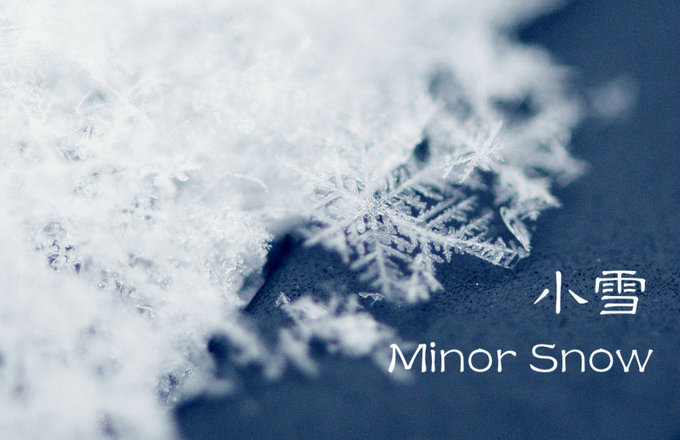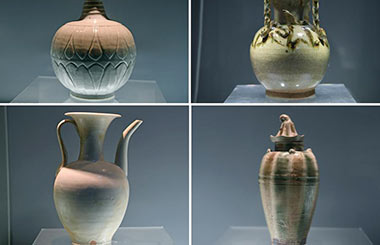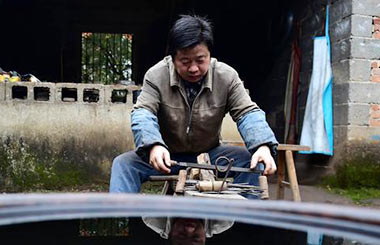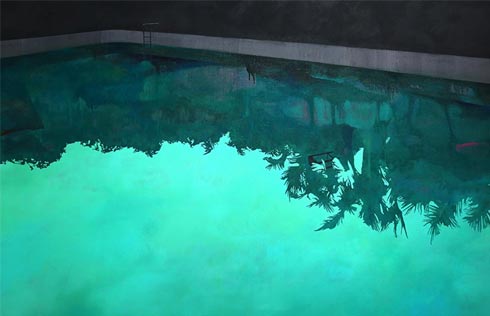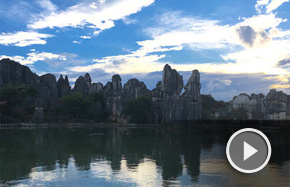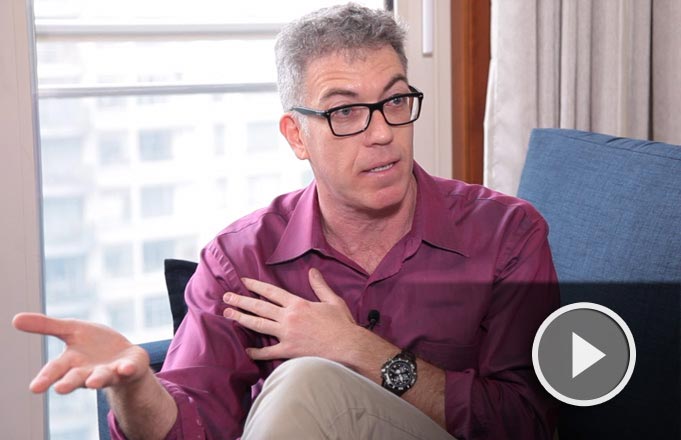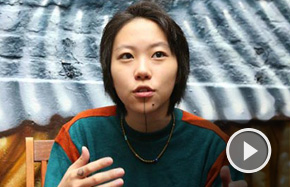Sculptor's works rekindle links with cultural icons
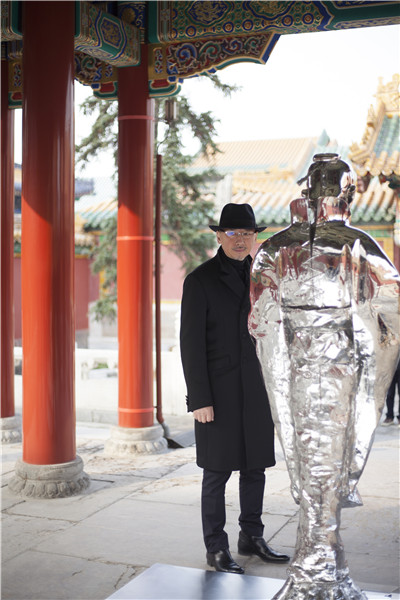 |
|
Sculptor Li Xiangqun with a statue on show at Jianfu Gong in Beijing's Palace Museum. [Photo provided to China Daily] |
Zhang Zikang, the exhibition's curator, says Li's approach is abstract, as he attempts to detach the figures he sculpts from the specific periods of history they lived in - highlighting their characters so that they are vivid to viewers today.
Among the works on show is a sculpture of Confucius standing on a long, reflective plate of stainless steel, produced four years ago.
Li compares the plate to a paper sheet of historical records rolling out behind Confucius, a politician and philosopher of the Spring and Autumn Periods (770-476 BC), indicating the inheritance of philosophical thoughts since Confucius' time.
Another work is called Great Forbidden City. It is a sculpture comprising 25 parts and modeled after the palace's buildings. He first showed it at his solo exhibition at Beijing's National Museum of Art in 2012.
It is now placed under pine trees in the garden's southern courtyard. Its delicate quality forms a contrast with the cracked red walls and overgrown weeds. At the opening ceremony, there was a modern dance performance at its base.
Speaking about the piece, he says: "I first visited the Palace Museum when I was a junior (at the Luxun Academy of Fine Arts in Shenyang, in Northeast China's Liaoning province). I was then overwhelmed by its imposing aura.
"This sculpture can be seen as the brain of the Forbidden City. It is a statue of power through which I hope to evoke people's appreciation of our history and culture."
linqi@chinadaily.com.cn




